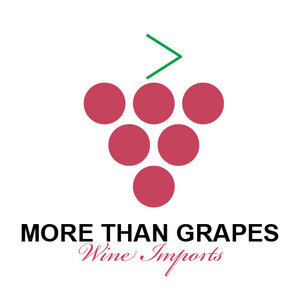more than meets the eye
We’ve outlined our tasting notes based on the sequence in which they are evaluated:
More than just a pretty face
When you pour a glass of wine, the first thing you do is look at it. Viewing can tell you a number of things such as the color, the type of legs and whether the wine is sparkling or still. All of these helps you to learn about what type of wine you will be drinking. The color helps you understand what type of wine it is – red, white or rose. It also can help you understand if it is young or old and the potential grape varietal. White varietals can range from clear with reflections or green or gold, to gold/amber colors. More golden colors in white wines can also be present if there is oak aging. Red wines can range from deep purply reds to reds that have a more burnt-orange hue to them. Generally, the deeper the red, the more fruit or berry flavors of the wine, while orange tones can indicate aging or oxidation.
The intensity of the color and the “rim,” or edge of the wine when you tilt the glass, can also indicate the body of the wine.
More than a sweet fragrance
Many researchers say that 80% of what we taste is smell. Therefore, the smell or “nose” of the wine is very important in your overall experience of the wine. There are hundreds of different smells that a wine can take on. Some of the most common categories of scents include fruit (apricot, berries, plum), flowers (rose, elderflower, honeysuckle), vegetables or herbs (bell pepper, sage, thyme), mineral (slate, limestone), oak/spice (vanilla, baking spices, black pepper) and earth (wet forest, mushroom, ashes). Different wines have different intensity levels, so while you can sense the aromas of one wine from simply having a glass in front of you, others you have to put your nose in the glass to really decipher the scents.
The best way we’ve found to learn how to detect more scents in a wine is to “train” your nose. When you are at your local florist’s shop, smell each of the flowers and read the tags to understand what each flower smells like. Similarly, smell fruits, vegetables and herbs (if you are at home, you can cut them to intensify the scent), and so on. Many times, we smell something familiar, but can’t remember what scent it is. This will help you build that recognition, along with discovering new scents.
That said, as with all aspects of drinking wine for enjoyment – there’s no wrong answer! We know it can be intimidating, especially if you’ve heard sommeliers describe wine to you, but honestly, the most important aspect of the tasting experience is the enjoyment!
More than a sip
While 80% of what you taste is likely from scent, you can still detect several other flavors through the flavor of the wine. Additionally, you might be surprised how different the wine tastes versus what you smelled. This can be caused by acidity levels, tannins, or other characteristics (see further information regarding Characteristics to understand this more). As with “training” your nose, you can train your palate too, and can be a fun, exciting way to discover new things you’ve never tried before! A great starting point is to taste familiar and exotic fresh and dried fruits, vegetables and herbs.
The wine’s finish is the last impression of the wine. It is the flavor and sensation that lingers on the palate after you have swallowed the wine. Generally, you want the wine’s flavor to linger on the palate for a while so you may continue to enjoy it long after you have swallowed your last sip.
We then provide other helpful information such as the varietal, food pairings, process & aging, serving temperature and alcohol percentage.
That said, we encourage you to appreciate our wines as you wish…these are just helpful guidelines to get your started!



